 Homepage
Sitemap
Site Search
Homepage
Sitemap
Site Search

Have you ever seen fields upon fields of corn growning in the countryside? If you have, more than likely it was dent corn, and not the sweet corn you would see at a farm stand or market. Sweet corn plants are much shorter, and they account for about a quarter of the corn grown in the U.S.
First you should know about corn types---
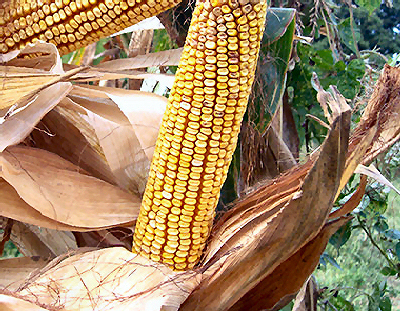
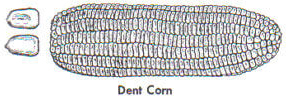
Dent corn (a/k/a. farmer's corn, field corn and/or cow corn) Dent corn has hard sides composed of horny starch*, with soft starchy tops and cores that allow the ends to collapse or "dent" when the corn dries. Varieties of dent corn are the most widely grown types in the United States and used for oils (corn oil), syrups (corn syrup), grits, meals (cornmeal), flours, bio-fuel and silage. About 90% of what is grown in the USA is used for livestock feed. * Horny starch is found on the back and sides of the grain lying below the horny gluten. It does not consist of pure starch but contains considerable amounts of other substances, especially protein.


Flint corn, many colorful "Indian corns" are of the flint corn type. Flint corn hasn’t been grown widely as a crop in the United States since the early 1800's. However its been grown in South America, Latin America and southern Europe. Because each kernel has a hard outer layer to protect the soft endosperm, it is likened to being hard as flint; hence the name! It is milled a certain way and retains a distinct texture and flavor when cooked and looks very similar to regular cornmeal. In fact Italian polenta is made from flint corn as are many artisan producers, like Aniston Mills. This corn also looks great after it's dried and the kernels are exposed. It's the type of dried corn that usually appears at markets in the fall.
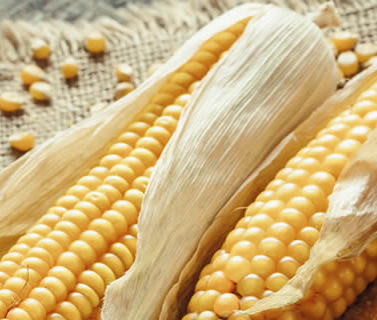

Flour corn is soft grinding corn and is composed almost completely of soft starch with thin seed coats. Kernels are round and smooth like flint corns. Flour corn is soft throughout the kernel. There isn’t a hard endosperm like other corn types. In these modern times, they are primarily used for making corn flour. Historically, flour corn was also raised and used for parching*. Parching is a process whereby the kernels are gently roasted until they slightly expand, the seed coat splits and the kernels become soft. Parched corn was used as a snack or trail provision and could last several months if stored properly. * Parching to make completely dry, as heat, sun, and wind do, dried. A staple of the Indian diet was parched (dried) corn. Think---my throat is parched (dry)!
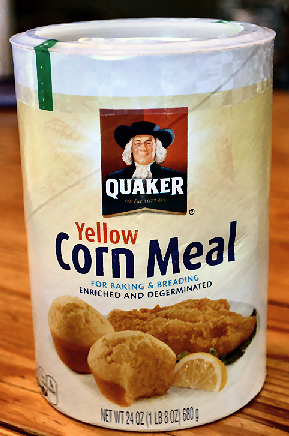
What is Cornmeal? Cornmeal is milled from corn by special stainless steel rollers crushing it and giving it a uniform texture. It’s also degerminated; the oily germ and bran are removed in processing. Degerminating makes it shelf stable and able to stay fresh longer. No matter what type of dry corn product you buy, whether cornmeal, grits, or cornflour, it’s most likely made from dent corn and processed at a mill into the final product. Stone-ground cornmeal is coarser because of how it’s milled and the germ and bran are left in. Look for whole grain on the label. It’s more perishable than regular cornmeal and should be used within a few weeks after opening or kept refrigerated or even frozen after opening. Check the best by date when you buy it.
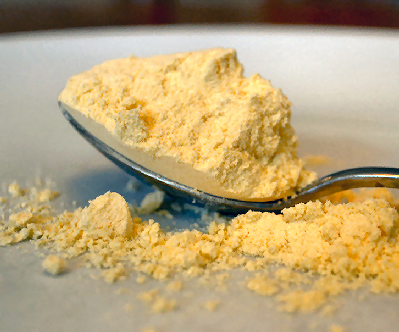
What is Corn Flour? Corn flour is a finely ground to be very fine like white flour, from whole flour or dent corn kernels. Don't confuse it with cornstarch, it's a fine powder too, but made only from the starchy part of flourcorn. Top quality Portuguese cornflour is milled superfine to a powder and they are the best on the market. Next time you make cornbread use 1/3 of it in place of cornmeal and youwill get a less crumbly cake texture.Cornflour of this type is not Masa Harina because it is not treated with lime water.
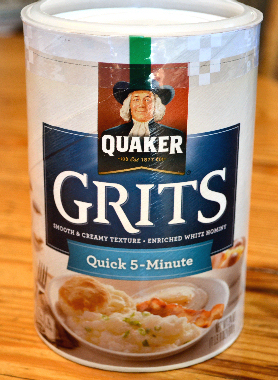
What are Grits? Grits are always made from dent corn that has been treated with an alkali in a process called nixtamalization with the outer hull removed. The dried white inner portion (Hominy) is then ground. It's coarser than coarse cornmeal. It is boiled and also is served as side likerice or mashed potatoes and popular at breakfast in the southern USA instead of homefries. Grits are popular in southern states but not as much in northern states.
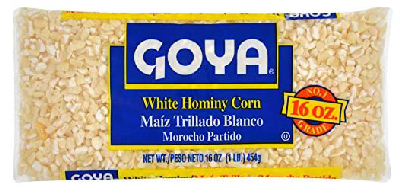
Hominy is the white inner portion of the corn kernel and can be either dried as you see here or canned. Grind it to a coarse meal and you'll have grits. Popular in Mexican Posole: hominy, green chiles, garlic, onions, oregano and with cubed pork simmered together to become asoup or stew.
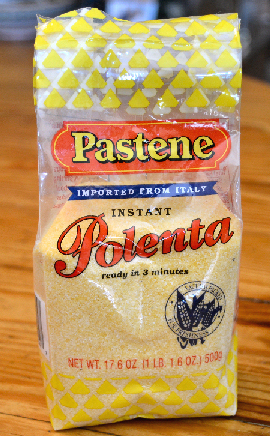
What is Polenta? Polenta is an Italian dish that is a preparation with a style of cornmeal made from flint corn. It's cooked in liquid for a period of time and served as a side like rice or mashed potatoes. It becomes firm when cold and can be pan fried to a crisp or grilled. If you buy from an Italian or artisan producer you’re getting polenta made from flint corn.
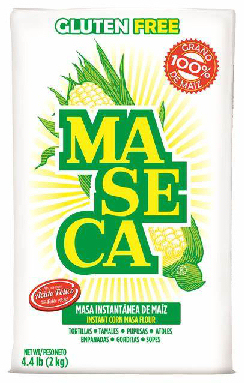
So what's Masa Harina? Masa Harina, this is flour milled from dried hominy of dent corn, which are corn kernels that have been soaked in a limewater solution to remove the hull. Masa harina, which means dough flour, is used to make the dough, masa, for tortillas, pupusa and tamales. This particular brand is milled and packaged in Italy. NDF Azteca Milling Europe S.r.l. - Ceggia - Venice - Italy